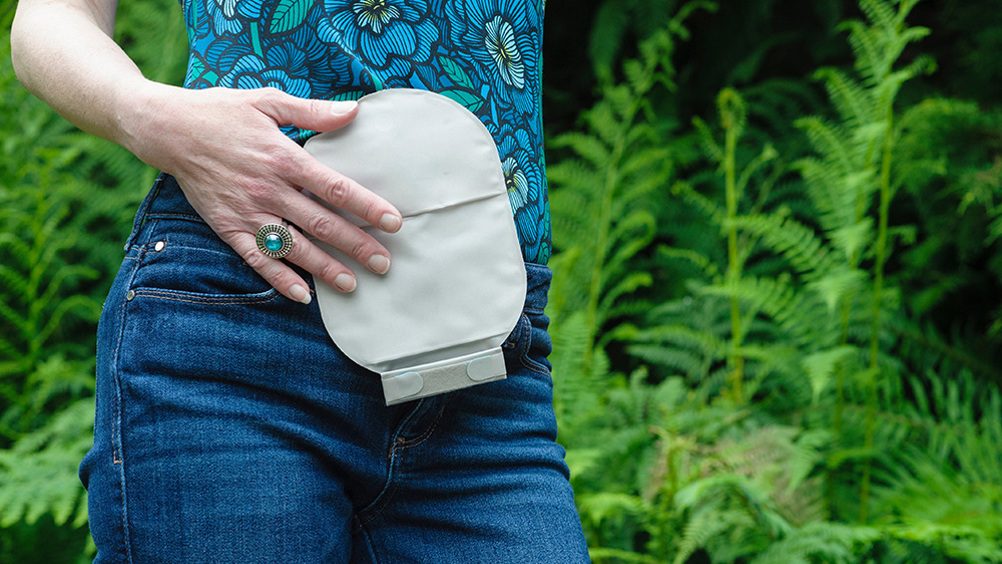References
Challenges faced by people with a stoma: peristomal body profile risk factors and leakage

Abstract
Aim:
The Ostomy Life Study 2019 aimed to obtain a better understanding of the challenges faced by people with stoma.
Methods:
Online survey with participants from 17 countries.
Findings:
Of the 54 614 individuals invited to take part, 5187 responded; 62% of the respondents avoided physical and social activities because of their stoma and 37% had never consulted their stoma care nurse to have the fit of their stoma product checked. In a subgroup receiving questions on leakage (n=4209), output under the baseplate and leakage onto clothes were experienced within the previous month by 76% and 26% of respondents, respectively. Higher chance of leakage was associated with an irregular stoma shape and peristomal body profile; a stoma level at or below the skin surface; and the presence of creases, folds and other changes in the peristomal area.
Conclusion:
Leakage and access to a stoma care nurse to provide the necessary care and guidance remain important concerns for individuals with a stoma.
Up to 1 million people in the USA and approximately 700 000 in Europe live with a stoma (Eucomed Medical Technology, 2012; United Ostomy Associations of America, 2018). An intestinal stoma is the result of a surgical procedure undertaken to eradicate disease and/or relieve symptoms in patients with colorectal and/or bladder cancer, Crohn's disease, ulcerative colitis, and other diseases affecting the bowel (Strong, 2017; Qureshi et al, 2018; Müller et al, 2020). Other conditions that may require the formation of a stoma include diverticulitis, familial polyposis and traumatic injuries (Burch, 2005). Stoma creation is usually a life-changing event (Scheidbach et al, 2009), requiring physical adjustments with accompanying emotional, social, and psychological effects (Brown and Randle, 2005). Individuals may adapt differently to these effects based on their stoma type, age, gender and other factors (Ma et al, 2007; Salvadalena, 2008; Grant et al, 2011; Danielsen, 2013). Particular concerns include peristomal skin problems, daily activity limitation, inability to participate in sporting or social activities, increased awareness of body image, and fear of leakage and odour (Pieper and Mikols, 1996; Danielsen, 2013). A previous survey found that 76% of the 4138 participants had experienced leakage over 6 months, while 91% worried about leakage (Claessens et al, 2015). Leakage of stomal output onto the skin can cause peristomal skin complications, resulting in greater use of stoma accessories and more frequent contact with health professionals, which subsequently increase healthcare costs (Meisner et al, 2012; Voegeli et al, 2020).
Register now to continue reading
Thank you for visiting British Journal of Nursing and reading some of our peer-reviewed resources for nurses. To read more, please register today. You’ll enjoy the following great benefits:
What's included
-
Limited access to clinical or professional articles
-
Unlimited access to the latest news, blogs and video content

